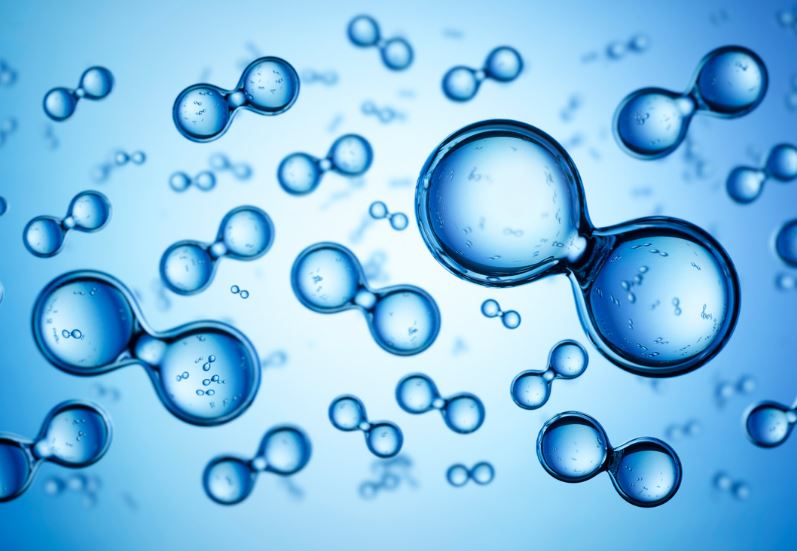Researchers from the Gwangju Institute of Science and Technology in South Korea have unveiled a novel electrode design featuring a Schottky Junction. This innovation addresses the longstanding challenge of poor performance in electrochemical catalysts used for water splitting, particularly hindered by the low electrical conductance of (oxy)hydroxide species generated during the process.
Green hydrogen, derived from renewable energy, stands as the fuel of the future for a decarbonized world. Electrolysis, a process involving the splitting of water into oxygen and hydrogen through electrochemical cells, represents a promising method for green hydrogen production. Despite its simplicity, high-quality outputs, and zero carbon emissions, the commercial-scale adoption of electrochemical water splitting faces hurdles, primarily due to the suboptimal electrical conductivity of (oxy)hydroxide catalysts formed in situ during the process.
Associate Professor Junhyeok Seo and his team at the Gwangju Institute of Science and Technology have confronted this challenge head-on. Their innovative solution involves the incorporation of Schottky junctions into the electrode design. Schottky junctions, found at the interface of metallic nickel-tungsten nitride (Ni-W5N4) and semiconducting n-type nickel-iron (oxy)hydroxide (NiFeOOH) catalyst, proved to be a game-changer. This electrode showcased the ability to surmount the conductance limitations of (oxy)hydroxide, significantly enhancing water splitting capabilities.
The research findings, made available online on August 30, 2023, and scheduled for publication in the January 2024 issue of the Applied Catalysis B: Environmental journal, shed light on this groundbreaking electrode design. The Schottky junction’s role in mitigating the poor electrical properties of (oxy)hydroxide emerges as a pivotal advancement, potentially propelling electrochemical water splitting into broader industrial applications.
With the improved catalytic activity demonstrated by the Schottky junction-based electrode, the researchers have opened avenues for efficient and sustained water splitting. The electrode showcased remarkable performance, facilitating continuous industrial seawater splitting for an impressive 10-day duration. This breakthrough is a significant stride toward realizing the commercial viability of electrochemical water splitting for widespread green hydrogen production.
